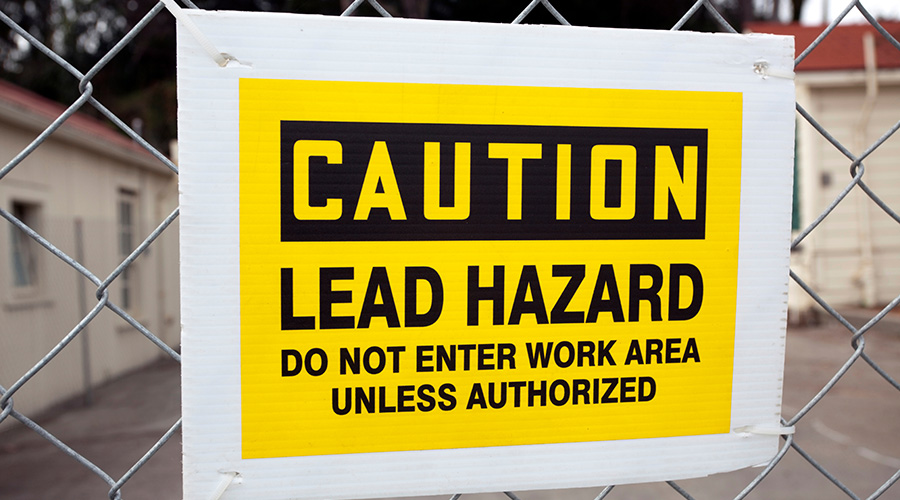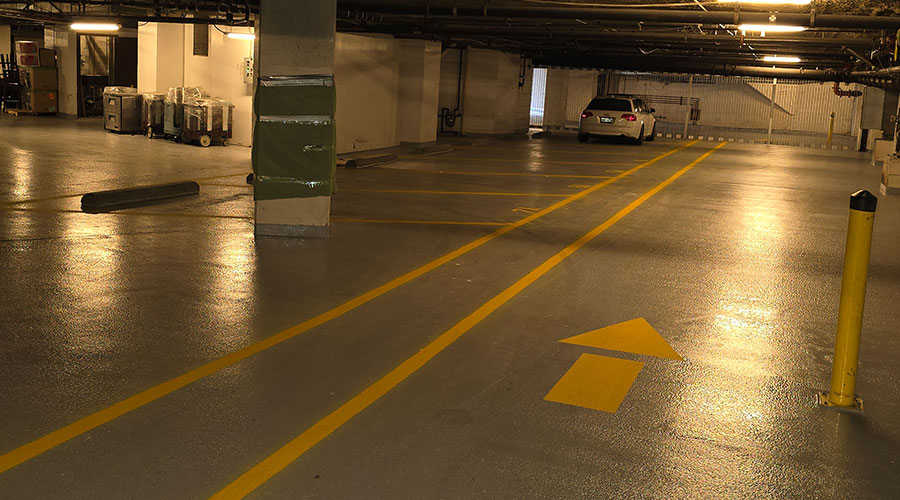Dealing with Project Details
Clear, effective communication is essential for success in any undertaking, and facility maintenance and engineering work is no exception.
Over the years , whether I am working with clients or teaching classes, one of the top questions I always hear is about the amount of detail the average work order should include. As I ponder how to answer the question, I get hundreds of flashbacks through my career of many maintenance employees, past engineers, and even family members. Often, I have asked them to perform a task, and after the task is completed — in their mind, at least — I often had to respond, “Well, that’s not exactly what I had in mind.” Would giving them more information have helped?
Since I don’t directly manage maintenance employees anymore, I often use current life experiences to illustrate the problems of not having enough detail when assigning tasks to employees and others under our supervision.
Consider this scenario: For more than 35 years, I have been the head cook at our local Methodist church men’s group. We cook breakfast for 15-25 men once a month. A while back, we got a new minster, and he volunteered to assist me and my team in cooking breakfast on Sunday morning. We all arrived at 7 a.m. to begin cooking, and this gentleman acknowledged he was a good cook and liked to cook pancakes.
I am thinking I have someone who doesn’t need to be trained on how to cook breakfast. I set him up with an apron, batter, a griddle already up to temperature, and two different sizes of spatulas. This is looking great. What could go wrong? He picked up the container with the batter and proceeded to cover the entire 14- by 24-inch griddle with pancake batter. It was one giant, rectangular pancake.
I looked at the griddle, looked at him, and asked, “What is that?” He said, “That is how I cook them at home, and when they are done I cut them in to squares.” Those of you who know me can imagine what my brain and mouth were going through. I responded, “Well, that’s not how we cook pancakes in Mike’s kitchen. We normally expect them to be round.” He stormed off, and we never saw him in the kitchen again to help cook. It turns out he was one of those people who has a hard time dealing with criticism. All I instructed him to do was to make pancakes.
In the maintenance world, I have often seen work requests that said simply, “Broke” in the work requested section, and when the technician completed the work, he wrote in the comments section, “Fixed.”
This information is not much help when it comes time to analyzing the causes of the problem and effects of maintenance. Managers and technicians need to rethink the detail and instruction should that appears on work requests and work plans. Besides the description of the problem work requests need to include several important details:
• date and time
• location of the work
• shift and crew performing the work
• numerical priority
• location or asset identifiers
• craft or trade
• description of problem or fault codes
• work type, whether that is emergency, preventive maintenance, or project
• work status, such as waiting for parts, engineering, or downtime
• list of parts and supplies used, including parts numbers, if applicable
• comments describing the exact steps taken to correct the problem
• time to complete the work.
How many times have you been disappointed in the results when you thought the expectations were clear in the beginning? The remedy is to always provide as much detail as possible and always ensure the detail is enough to guarantee success. Managers also need to be sure worker orders have the appropriate level of detail to effectively track work history and the cost of the repairs or construction. Next time you cook pancakes, think of me.
Editor’s note: This is Michael Cowley’s final column for Facility Maintenance Decisions. Since 2011, he has provided readers with invaluable insights and information on successful maintenance and engineering management. Check out all of his columns on www.facilitiesnet.com, and join us in thanking Mike and wishing him well in all of his future endeavors.
Michael Cowley, CPMM, is president of CE Maintenance Solutions — www.cemaintenancesolutions.com. Cowley provides maintenance training, coaching and consulting services to facility and manufacturing organizations nationwide. He is a frequent speaker at national facilities management conferences, including the upcoming NFMT Conference & Expo 2019 — www.nfmt.com — March 26-28 in Baltimore.
Related Topics:













